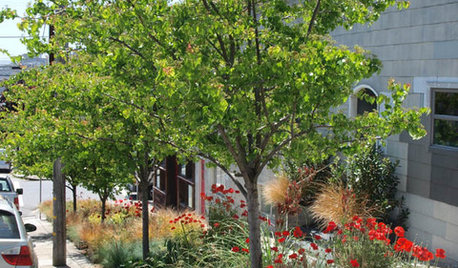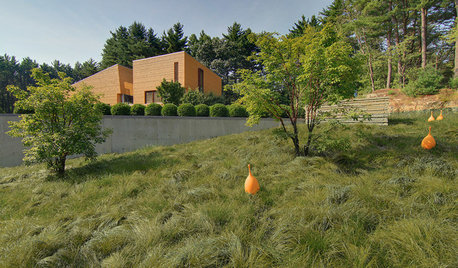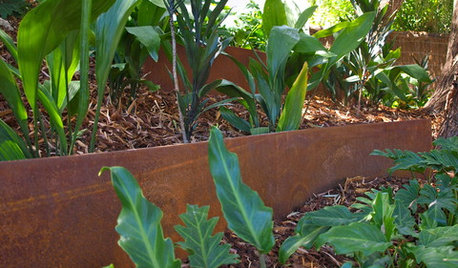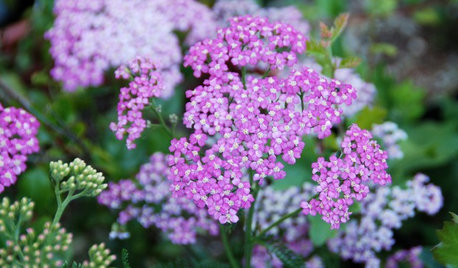KBG Mowing Height?
gle2011
7 years ago
Featured Answer
Sort by:Oldest
Comments (16)
Related Professionals
Rancho Cordova Landscape Architects & Landscape Designers · Seabrook Landscape Architects & Landscape Designers · Anderson Landscape Contractors · Stamford Landscape Contractors · Allentown Landscape Contractors · Indio Landscape Contractors · Lady Lake Landscape Contractors · Lake Zurich Landscape Contractors · Lemont Landscape Contractors · Marlborough Landscape Contractors · Milford Landscape Contractors · Mission Viejo Landscape Contractors · Oakland Landscape Contractors · West Coon Rapids Landscape Contractors · South Riding Swimming Pool Buildersdanielj_2009
7 years agodanielj_2009
7 years agoUser
7 years agoUser
7 years agodanielj_2009
7 years agoUser
7 years agoUser
7 years agoUser
7 years agolast modified: 7 years agogle2011
7 years agodanielj_2009
7 years agodanielj_2009
7 years agogle2011
7 years agodanielj_2009
7 years ago
Related Stories

CURB APPEALTake Your Hell Strip to Heavenly Heights: 8 Design Ideas
Trade weedy dirt and trash for a parking strip filled with wispy grasses, low-growing flowers and textural trees
Full Story
LAWN ALTERNATIVESTry Adaptable, Shade-Tolerant Sedges for a Grasslike Look
These native ground covers from around the U.S. thrive in shady areas where lawns suffer — and you don’t have to mow them
Full Story
LANDSCAPE DESIGNGreat Design Plant: Retreat to the Shade of Hardy Catalpa
Big foliage and a towering height provide a shady respite in summer, but that's not all hardy catalpa offers dedicated gardeners
Full Story
GROUND COVERSGive Your Lawn a Taste of the Wild
Consider the joys of an irregularly trimmed meadow lawn: It’s ecofriendly, visually interesting and still good for romping
Full Story
FRONT YARD IDEASBefore and After: Front Lawn to Prairie Garden
How they did it: Homeowners create a plan, stick to it and keep the neighbors (and wildlife) in mind
Full Story
LANDSCAPE DESIGNGet Along With Less Lawn — Ideas to Save Water and Effort
Ditch the mower and lower your water bill while creating a feast for the eyes with diverse plantings and gathering places
Full Story
LANDSCAPE DESIGNGet an Edge: The Best Border Material for Your Garden
Do you want garden edging made of stone, concrete, metal or wood? Here are things to consider when choosing
Full Story
LIFEYou Said It: ‘The Wrong Sink Can Make You Hate Your Kitchen’
Design advice, inspiration and observations that struck a chord this week
Full Story
GARDENING GUIDESGreat Design Plant: Achillea Millefolium for Dry California Gardens
Yarrow attracts painted ladies and scares off garden thugs in native habitats and vegetable gardens
Full Story
GARDENING GUIDES5 Great Grasses for a New Lawn
Learn about maintenance, wear tolerance, ideal climate and more for these top turf choices to pick the right one for you
Full StoryMore Discussions







User